Book supports
The Library’s foam wedges and pads provide optimum support for manuscripts and printed books during reading. They are available in three sizes.
There are two fundamentally different types of book spine. Please note that both types require space between the foam wedges to allow for spine movement.
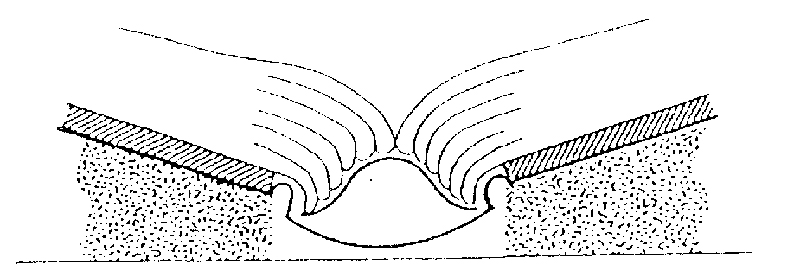
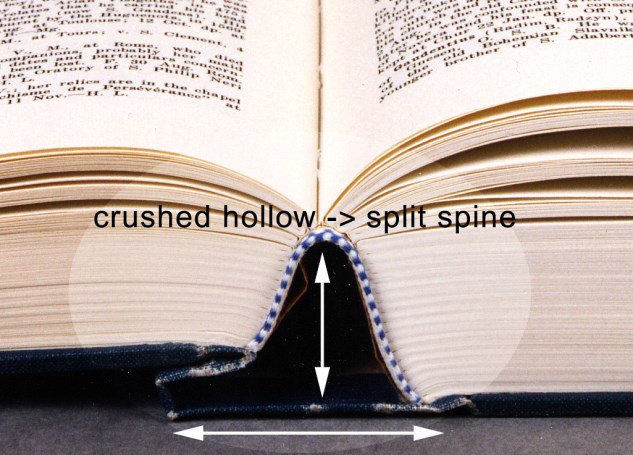
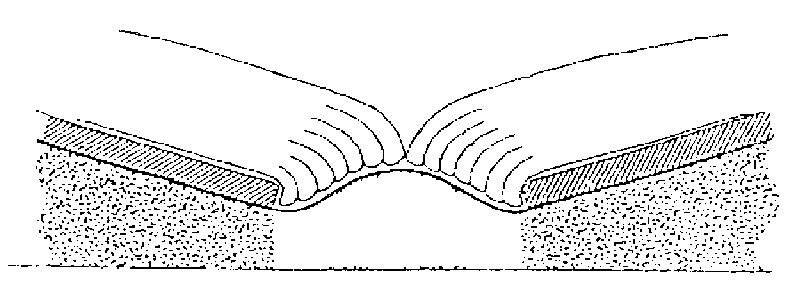
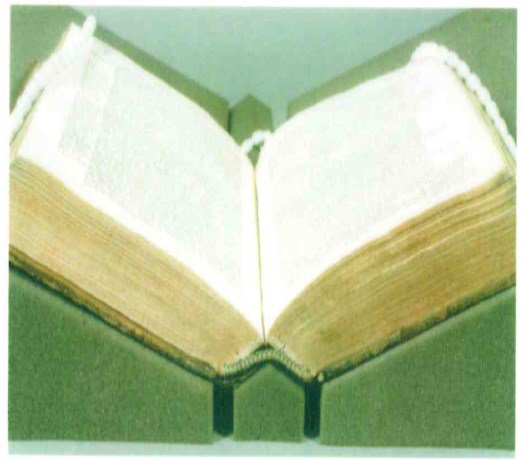
Two wedge-shaped supports (the same size or slightly larger than the book to be read) should always be used, and set apart to the width of the book’s spine. Set the book on the supports and adjust, if necessary.
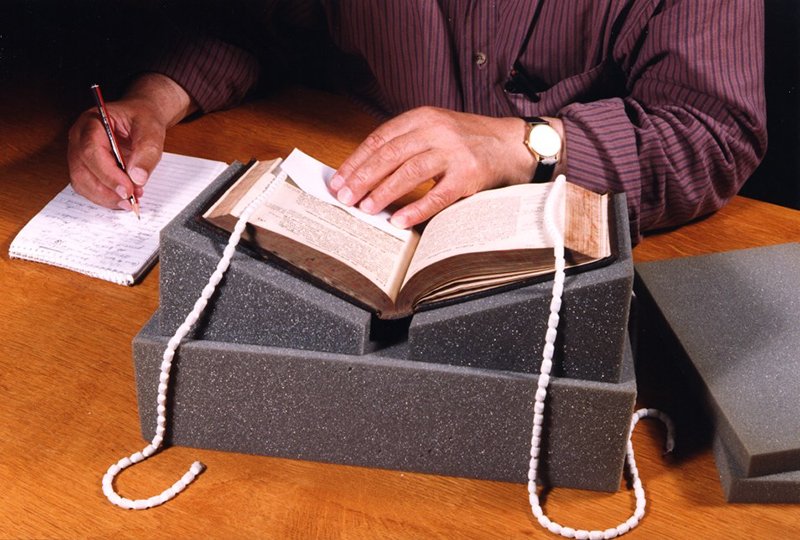
Rectangular flat pads should be added to follow the shape of a book as it changes during reading. Do not try to add the pads while the book is on the supports. Take the book from the supports and add a pad to the wedges on either the left or the right side.
With thicker books in particular, it will be necessary to add or remove pads to fit the volume’s changing profile as it is opened in different places.



If in doubt about using the foam book supports, please ask Library staff.